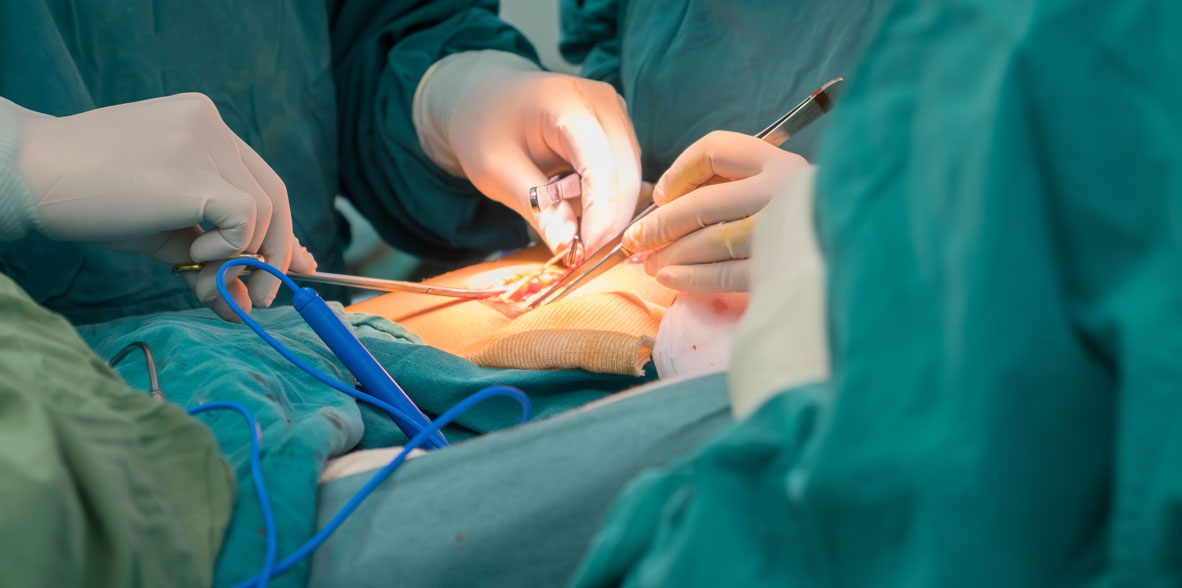
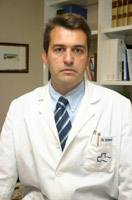
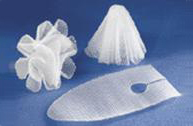 Inguinal Hernia Repair with cone placement Hernioplasty according to rutkow-Robbins technique, consists of a technique in which a cone (Perfix Plug) of polypropylene is used, which is recommended for the repair of any type of inguinal hernia either primary or recurrent, direct or indirect, giving significant advances, compared to the conventional technique (by suture), It does not require so much dissection of the tissues and at the same time being this a "tension-free" technique. This results in decreased postoperative pain, faster rehabilitation and a lower rate of recurrences (less than 1%).
Inguinal Hernia Repair with cone placement Hernioplasty according to rutkow-Robbins technique, consists of a technique in which a cone (Perfix Plug) of polypropylene is used, which is recommended for the repair of any type of inguinal hernia either primary or recurrent, direct or indirect, giving significant advances, compared to the conventional technique (by suture), It does not require so much dissection of the tissues and at the same time being this a "tension-free" technique. This results in decreased postoperative pain, faster rehabilitation and a lower rate of recurrences (less than 1%).
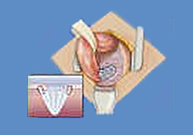
The surgery takes an average of 25 minutes or less to perform, thus offering a time-cost savings. The shape of the apex of the cone facilitates insertion into the hernia defect, while the pre-formed "petals" conform to the anatomy of the inguinal canal. This design minimizes any need to adapt.
The entire operation takes less time from incision to cone placement. The plug-coupling technique is simplistic, in standardized form, since it can be used in the repair of virtually any inguinal hernia.
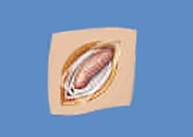
The peritoneal cavity is not entered and there is no ileus or postoperative nausea. Patients have less pain and decreasing the amount of dissection decreases blood loss.
From January 1989 to June 1997, Drs. Robbins and Rutkow performed 3,152 inguinal plasties with this technique, of which 88% were primary and the remaining 12% were recurrent, obtaining results of 1% of recurrences in the first and 2% in the second group. In contrast to traditional techniques where a recurrence of up to 10 to 15% is observed.
The type of anesthesia required is local or regional, the patient can return a few hours after surgery, also the patient can start some type of slight effort the next day. In general, most patients can perform their normal activities by the end of the second or third week.
There are many patients who have inguinal hernia, who do not accept or seek the help of the doctor for fear of pain or disability, today more patients have undergone surgery with this technique, favoring the approach of patients.
Arthur I. Gilbert technique
The Sutureless Repair Technique is based on three concepts:
- IIA is an appropriate passage to the retromuscular preperitoneal space
- The mesh is an adequate and effective barrier 3. the body's own forces are sufficient to ensure repair (Pascal's principle)
Directions
- Indirect hernias type I-II (with deep inguinal opening (OIP) less than 4 cm)
- In some primary and recurrent hernias
Technique
- Evaluation of the internal inguinal ring. It requires a high dissection of the sac to invaginate it in the preperitoneal space. With a finger on the OIP, its size is checked and the hernia is classified. All types I, II and III can be susceptible to this technique.
- Mesh. The right size for preparing the mesh should be 6 x 6 cm. It is cut from the middle of one side to the center of the mesh and bent successively rotating it 90º each time to form a stopper in paraguas.
- Collocation. It is inserted through the OIP to be placed between the peritoneum and the fascia transversalis. In the preperitoneal space the paragüas opens and adapts to the ring without fixation. Subsequently, the patient is asked to perform a Valsalva maneuver to check its correct position and integrity of the sphincter mechanism.
- Subsequent reinforcement. The posterior wall is reinforced by placing without suture a second extended mesh of 6 x 4 cm, sectioned laterally to make way for the cord (Figure 2).
Technique by Ira M. Rutkow
It is based on the principle that repair by means of a mesh plug (which is preferable to an extended mesh) is always an effective treatment whatever the existing defect (3).
Directions
The author advises this technique in all inguinocrural hernias based on the axiom "the lower the dissection, the better the results".
Technique
- Mesh: The cap is formed as in the Gilbert technique but its size must accommodate the existing defect.
- Fixation: varies according to the type of hernia.
- Type I. No suture is ever required.
- Type II. It usually does not require suturing. The decision to use stitches is up to the surgeon.
- Type III. The cone is always fixed to the margins of the hernial orifice with several resorbable loose points.
- Type IV and V. The direct defect is circumscribed near its base with electrocautery to leave a visible margin around the healthy tissue, and then the hernia is reduced. The plug is inserted through the posterior defect and fixed. (Figure 3).
- Type VI or in pants. Two plugs may occasionally be required.
- A Valsalva maneuver should always be performed afterwards to evaluate its correct position.
- Posterior reinforcement: in all cases a second reinforcement mesh without suture is placed. The lateral section to make way for the cord is closed with 2 loose stitches.



































